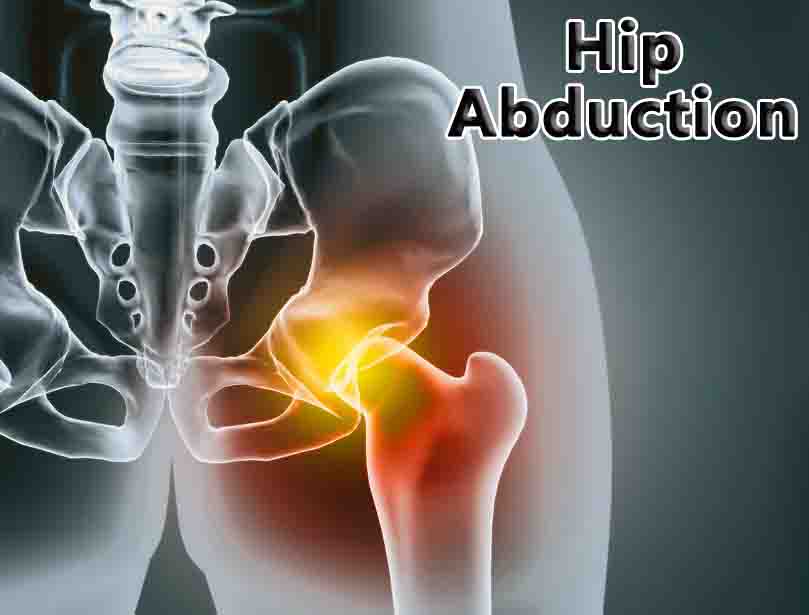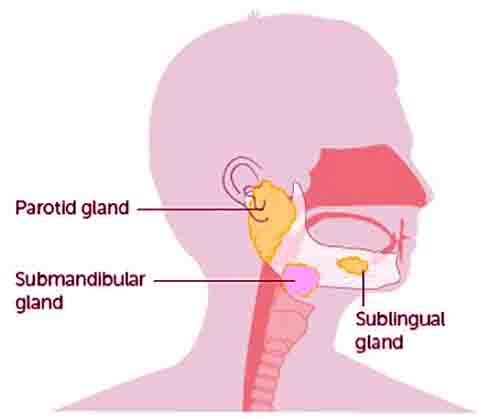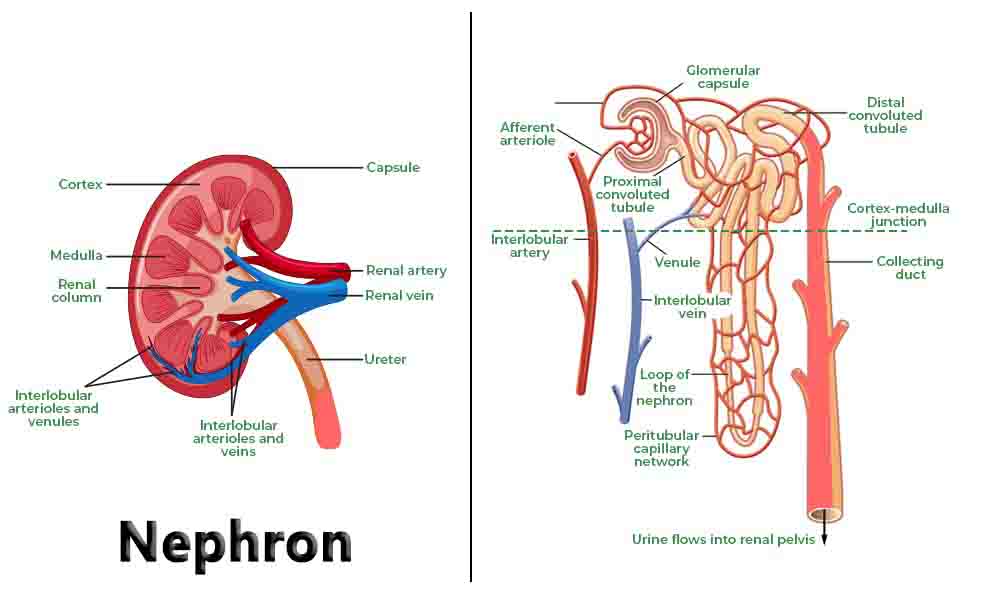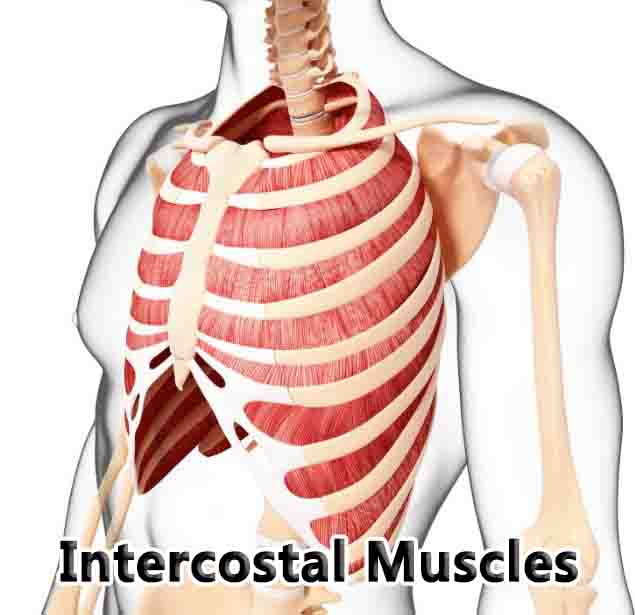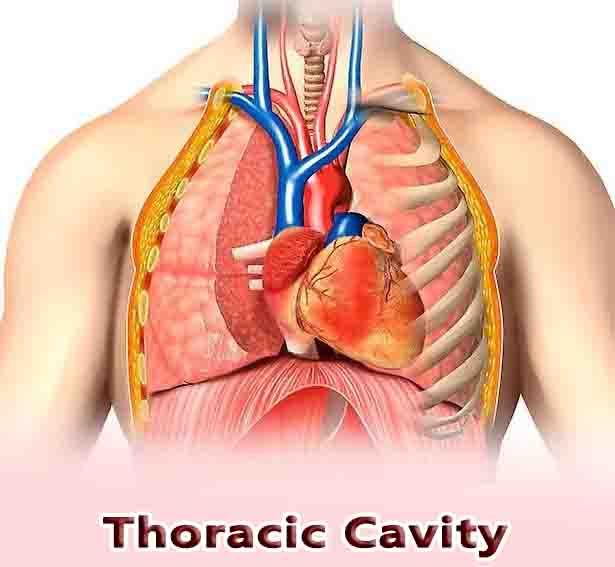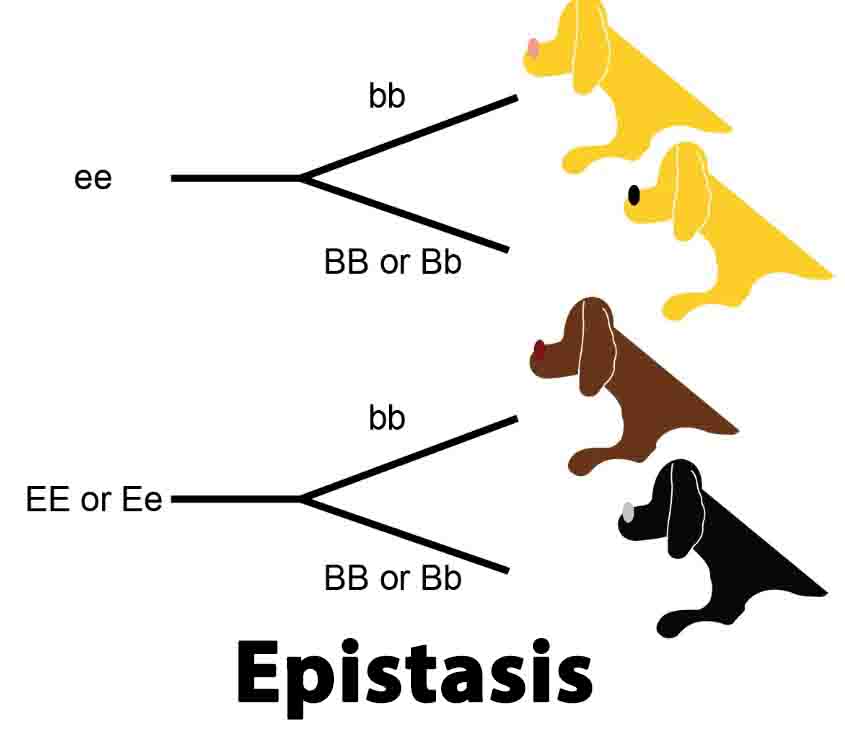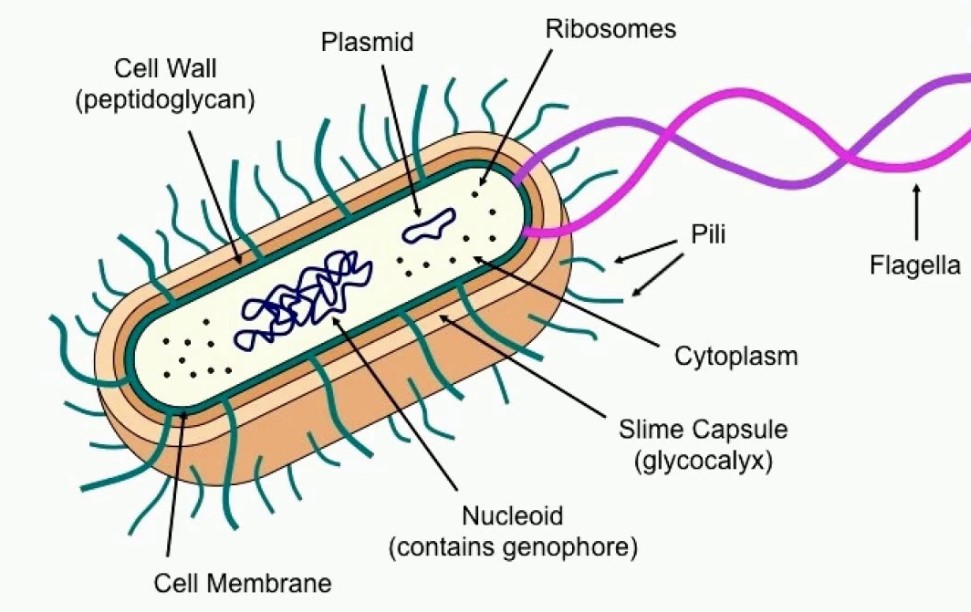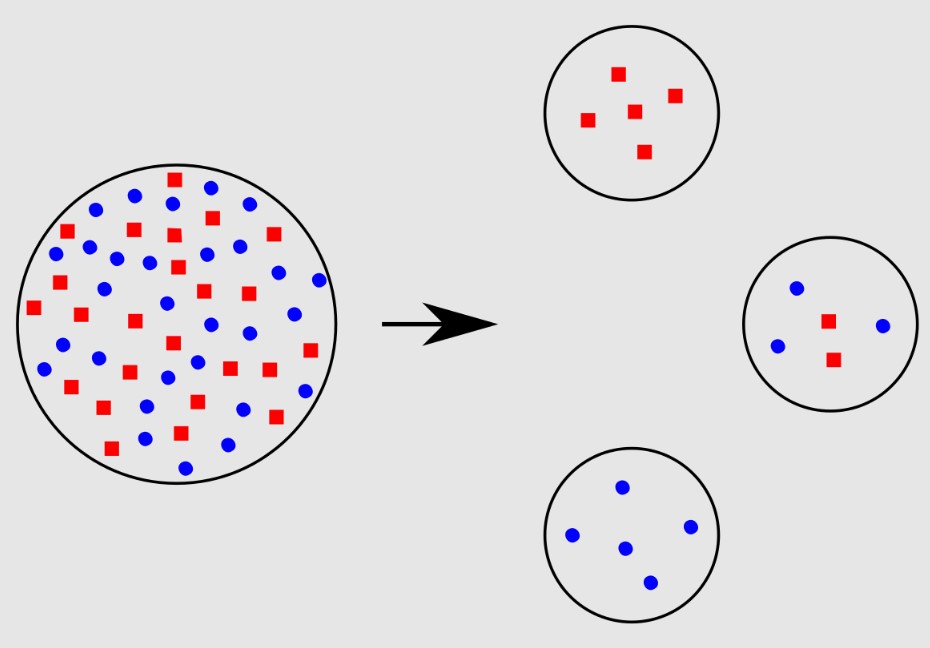Competition
Competition Definition in Biology Competition is a relationship between organisms in which one is harmed when both are trying to use the same resource related to growth, reproduction, or survivability. Competition stems from the fact that resources are limited. There are simply not enough of some resources for all individuals to have equal access and … Read more


